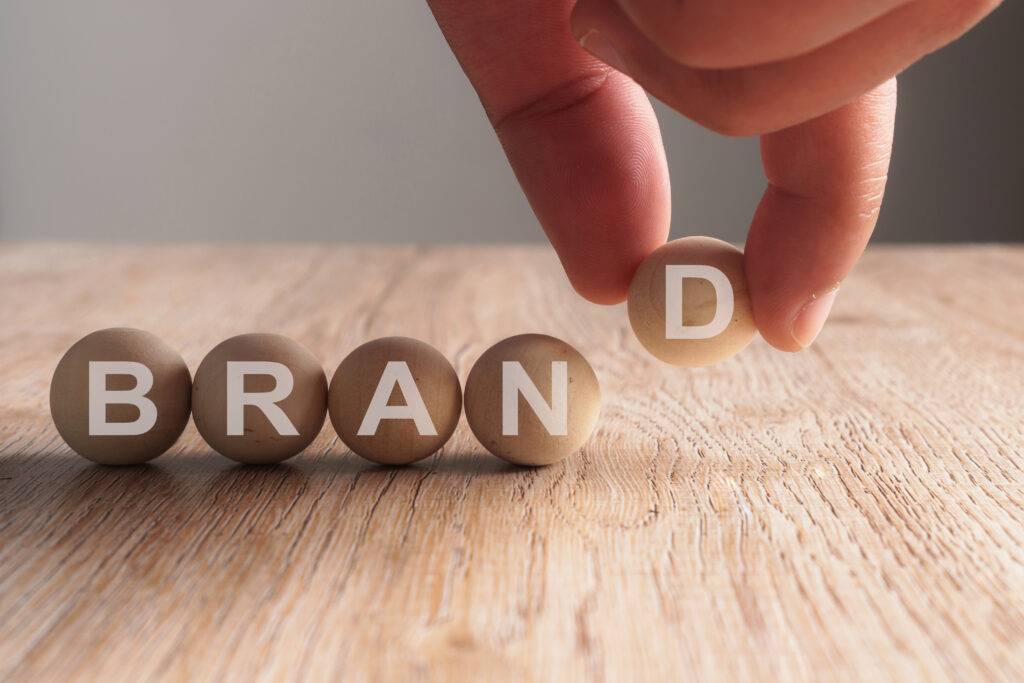Branding and building your website are two sides of the same coin. When you start designing your website, do keep in mind that your brand tone and voice should be consistent and should be remembered when you incorporate important elements into your website. A McKinsey study in the year 2020 revealed on global consumer behaviour across 45 countries showed a surge in e-commerce and online shopping: a 15 to 30 per cent growth across industries. Another vital aspect highlighted in the study was that customers are switching brands at significantly higher rates, with a preference for trustworthy brands.
Certain aspects are important to build a strong website which has the key elements of your brand as its soul.
1. A concrete website strategy
Before you start building the website, the first challenge you would have to address is: Why are you building the website? When you start to figure out the reasons as to the reasons you need to create a website, ask yourself more questions as to how you want to craft your website and the things you would need your website to have.
What will set our website apart from competitors?
What do we want our audience to do once they visit our website?
Who is our target audience? What’s their online behaviour like?
Now that you have structured why and how you are going to structure your website, you will have to envision goals to fulfil your vision for your website. The goals can be as follows:
Answer frequently asked questions about products and services
Finding leads for the sales team
Showcase customer testimonials and reviews
Share updates and new information about your products and company
Collect information (email ids) to build an online community for your company
The website goals should be distinct and elucidated for the best customer experience and answer most of their questions and help every step along their journey.
2. A smartly done website layout
The website layout must have the following elements and they can be structured with coherence and precision.
Homepage: This page is the entry point of your website, and it should communicate comprehensively who you are, what you can do and how effectively your product/service addresses a problem and offers help.
About: This part of the webpage talks about your brand story and highlights the brand and its founders
Products or services page: This page details all the products or services that your company offers.
Location and FAQ: Do add the locations where you may have your office or physical store. The FAQs help your customer get the relevant information and also your customer support team as they would not have to answer repetitive questions.
Policy page: Your audience should be aware of your policies to make buying decisions based on them.
Contact page: Aside from your contact details, you can add your social media platforms here.
Plan the various website components are visually striking and consistent with your brand image. The components to keep in mind are as follows:
Header
Footer
Navigation
Buttons
Fonts and typography
Visuals
The colour coordination of your website determines how your audience feels as each colour evokes a different emotional response. That is why picking the right colour combination becomes essential for customers to relate to your products and services.
3. Invaluable Visual assets and captivating content
The visual assets convey your brand elements without having to use words to depict them. The site’s visual assets like logo design, infographics, videos, and high-quality photographs. Strong visual assets on websites undoubtedly have great brand recall and recognition.
Firstly, a website should have strategic content that caters to the needs of your target audience. Apart from the content types and formats, consider the style, tone, and voice of your website content as well you should also consider SEO for your website.
The benefit of well-thought content is immense — it helps strengthen and differentiate your brand while ensuring that you develop content that genuinely resonates with your audience.
4. Fantabulous User Experience
A great user experience is the backbone of customer retention and growth. To develop an authentic and valuable experience for your users, Peter Morville’s Honeycomb Model can be used. They have the following components:
Useful: Aim for original website content that fulfils a user’s need
Usable: The website should be easy to use
Desirable: Incite emotion in your design elements
Findable: It should be effortless for the user to look for a specific content
Accessible: People with disabilities and limitations should be able to use and access your website
Credible: Your website content should be able to gain the trust of users and visitors
Website personalisation is the best way to provide a great user experience. This is considered a wonderful UX best practice. When customers land on your website, intuitive product recommendations will make them feel that your website is specifically built for their needs and preferences.
And another part of a great user experience is consistency. If there is no consistency in your website’s design, eye-catching visuals, content and copies a well-made user experience won’t make sense.
These guidelines are the essentials that will help in kickstarting your quest to build the perfect website for your business. Write to us at studio@auroara.com and we can craft a website which is beautiful and at the same time the perfect tool to generate revenue and potential leads.


